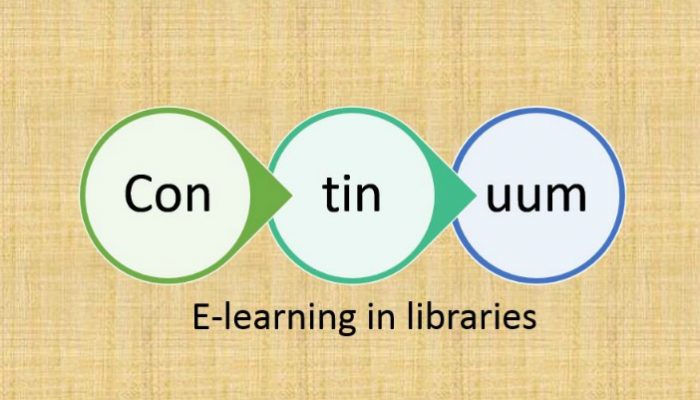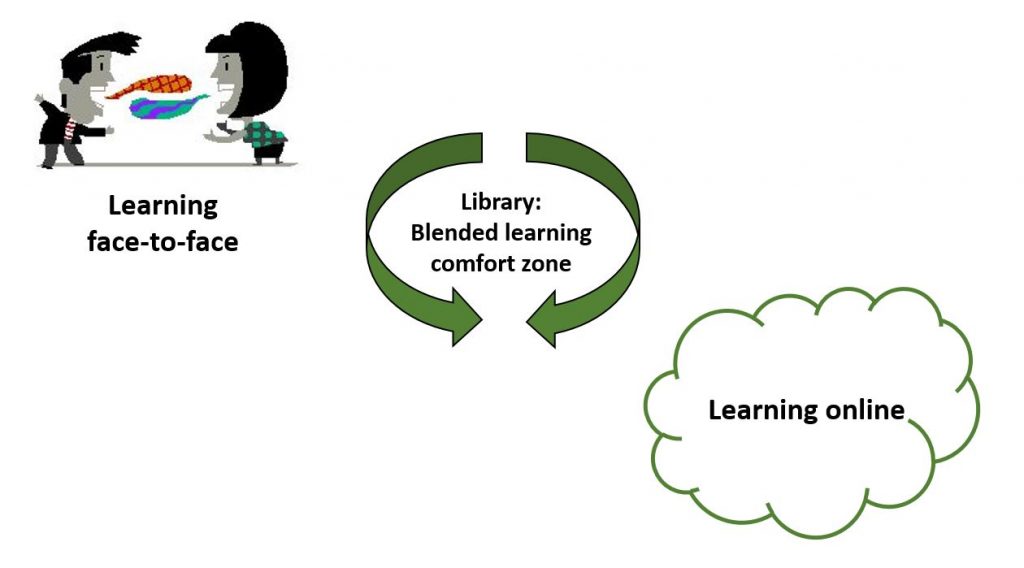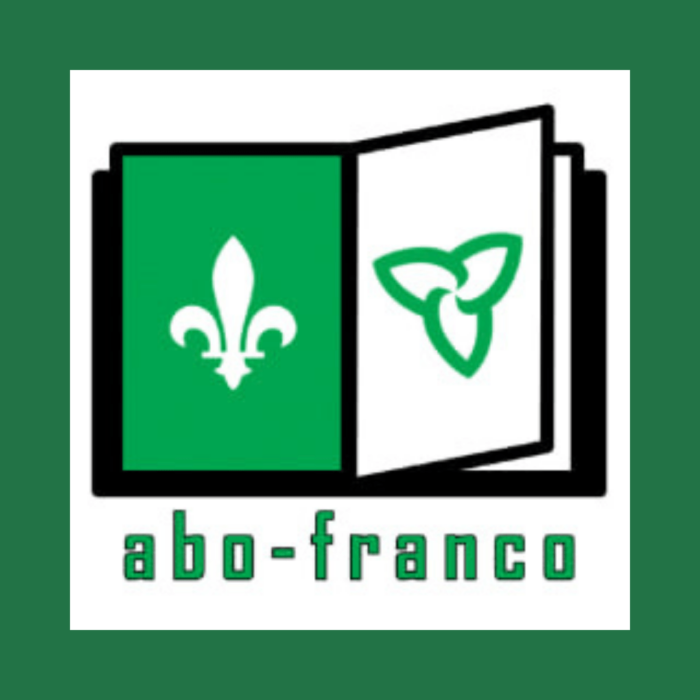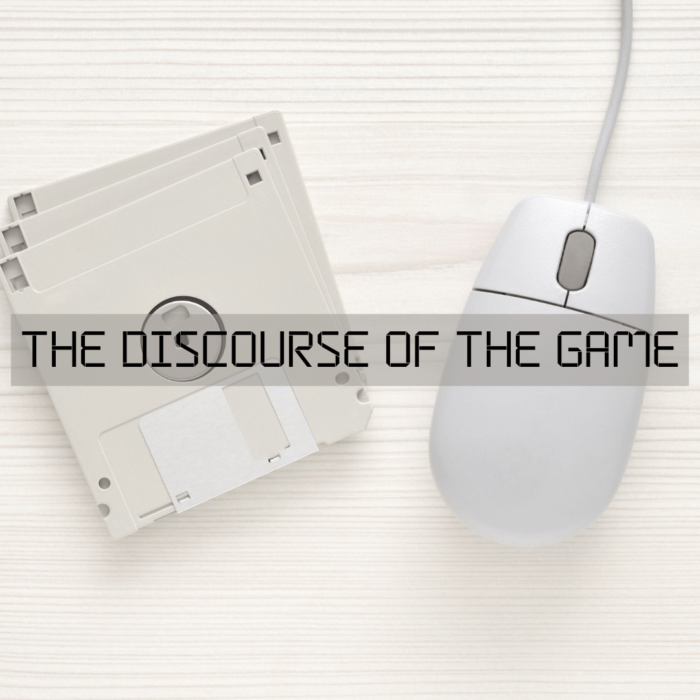Generative AI have sparked debates in higher education, especially after ChatGPT’s release in November 2022. However, an often-overlooked aspect is the emotional weight LIS professionals have noticed about this emergent technology.

Elearning: A multi-faceted experience
Being part of a school environment, I’ve discovered that finding meaningful applications for technology in the classroom is important but sometimes difficult. Teachers and library staff members can find it especially hard to balance the benefits of an e-learning environment with some of the technological limitations—we know integrating e-learning technologies can benefit our students, but we aren’t sure of the best way to make those technologies work for our classrooms and our libraries. Gaining a new perspective on e-learning environments can certainly lead us toward a new understanding of how to integrate those technologies into the traditional school environment.
In the school board for which I currently work, we have embraced e-learning platforms for the 21st-century learner. For example, Google Classroom and Chromebook mobile labs allow us to make digital library collections available everywhere. Plus, teachers and library staff members have access to a plethora of Microsoft applications. Although we’ve experienced some growing pains, nearly all the staff members and the students in my school have embraced these technologies as an element of their learning environment. As part of my role as a library technician, I’ve happily been on the front lines supporting the use of these new technologies. I have also had numerous conversations in the past year with my colleagues about the struggles, triumphs and impact these technologies have had on the traditional classroom format.
One of my colleagues, J., has recently taken an online course, and I wanted to explore some of the insights that he gained from this experience, particularly how he views e-learning from the dual perspective of a learner and a teacher, and how he sees the library fitting into this new digital landscape.
There seems to be a little bit more cutting edge in the e-environment or this environment [i.e., libraries] than we’d say would find in the classroom … I’m not saying that teachers don’t have the same experience and don’t [have] the same knowledge, but I think that the library is a great spot … to kinda act in some ways maybe as an educator to help people through that comfort zone …
Take a listen to our conversation about the pros and cons of an e-learning environment.
Transcript: Elearning is multi-faceted
After we finished recording, J. and I also talked about the nuances of communication and about how we can sometimes lose those nuances when we move to teaching online. Our body language, tones and inflections disappear in text-based communication. I think this loss points to a significant area of exploration, one Mark Bullen touched on in the first issue of Continuum: e-learning is on a learning spectrum, and finding the right balance of face-to-face and virtual learning opportunities for schools is critical to enacting effective and meaningful e-learning environments.
Additionally, J. advocates discovering new ways to integrate technology into non-traditional schooling environments, such as Indigenous spaces or alternative education, so we can open more doors to meaningful e-learning opportunities for all Ontario students.
Our conversation came on the heels of an ongoing discussion at our school about many library professionals and teachers finding themselves on a digital learning curve. I think that collaboration between library staff members and teachers to make meaning with these e-learning technologies is one strategy for responding to this curve. By working together, we can not only strengthen the traditional bond between school libraries and teaching staff but also provide new opportunities for skills improvement, curriculum collaboration and professional development that will benefit the teachers, the library and (most importantly) our students.

Kasey (Mallen) Whalley has been working in and with libraries for over 10 years. After completing her undergraduate degree in English from McMaster University, she immediately enrolled in and completed Seneca College’s Accelerated Library and Information Technician program and is now working towards her Masters of Information from the University of Toronto.
J. has been teaching high school students social science for over 31 years. He has a deep appreciation of anthropology, history, and the environment and strives to infuse his lessons with this passion. He has recently completed courses in Indigenous studies at Queens University. He hopes to continue learning about this topic and to share this knowledge with many future generations.


